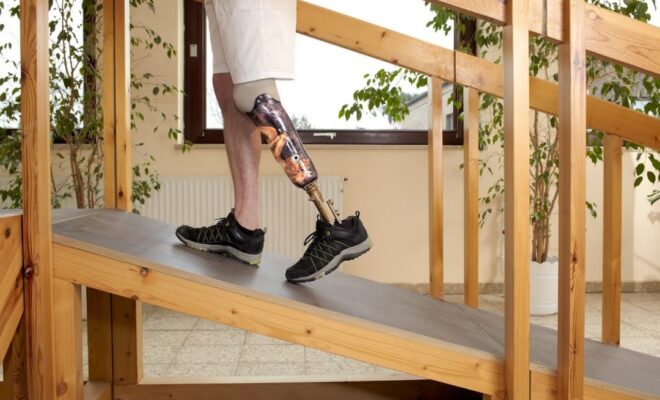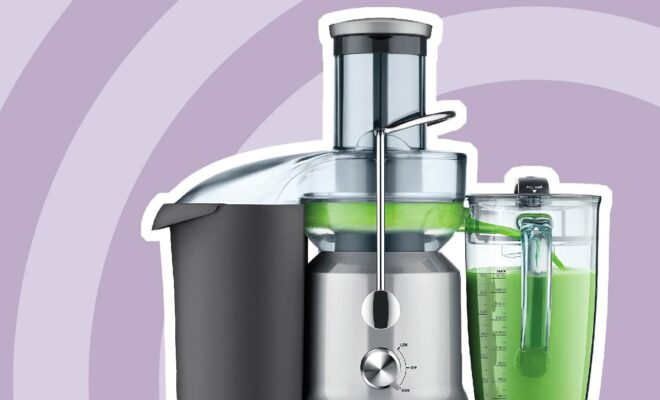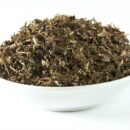Factors That Influence The Choice Of A Prosthesis And Adaptation Time

According to specialists in physiotherapy and rehabilitation, the time to adapt to orthopedic prostheses and athletic prosthetics will vary according to each patient due to the number of specific characteristics that are decisive in this period. But there are some characteristics that we must take into account during rehabilitation and physiotherapy, and it is these characteristics that we will see below.
Type Of Amputation
Life After Amputation – Type Of Amputation
The type of amputation will influence the adaptation time to orthopedic prostheses, as it has a lot to do with the size of the stump. From an amputation that resulted in a long stump, for example, the fixation of the prosthesis will occur more easily. Now, in short stumps, fitting is a little more complicated but not impossible; it can be done and will require a longer adaptation time on the part of the patient.
Patient’s Age
The age of the person who is going to use the prosthesis influences a lot because, with time, there is a decrease in the number of muscle fibers in our body, and this causes us to have a progressive loss of muscle mass, generating greater wear on the joints that start to hurt. So, when evaluating the patient with the prosthetic technician, age is considered when the most appropriate prosthesis is indicated.
Stump Sensitivity
A very important point in life after amputation and what you need to know about adapting to orthopedic prostheses is the state of the stump. This determines the adaptation time to the prostheses.
A well-healed stump leads the person to adapt faster to the prosthesis, differently if the patient has an infected or inflamed stump.
K levels
The K classification of amputee activity is an international system developed to help professionals identify the degree of activity at which the patient is found.
Discover The K Levels Now
Level K1
Has the ability or potential to use a prosthesis for transfers or ambulation on flat surfaces at a fixed cadence. Typical of the limited domestic ambulator.
Level K2
Has the ability or potential for ambulation with the ability to cross low-level environmental barriers such as curbs, stairs, or uneven surfaces. Typical of limited community wanderer
Level K3
Has the ability or potential to ambulate with variable cadence. Typical of the community walker who can cross most environmental barriers and may have vocational, therapeutic, or exercise activities that require prosthetic use in addition to simple locomotion.
Level K4
Has the ability or potential for prosthetic ambulation that exceeds basic ambulation skills, exhibiting high impact, stress, or energy levels—typical of the prosthetic requirements of the child, active adult, or athlete.
How Does An Orthopedic Prosthesis Work?
Now that you’ve seen a little about the factors that influence the choice of prosthesis and the adaptation time see how they work.
The prosthesis and orthotics albuquerque for example is an extension of your body. It will serve as a tool to help you carry out your day-to-day activities after the loss of a limb. And the prosthesis is customized for each person because it depends on their physical abilities, level of amputation, needs, and goals. Upper limb prostheses will have main components: a “terminal device” such as a hand, a hook, or a specialized tool. The main focus of upper limb prostheses is a functional improvement.
Lower limb prostheses, on the other hand, have as their main components a knee, foot, socket, and other accessories in general for assembling the prosthesis and focusing on walking or running, in the case of prostheses with running blades.








